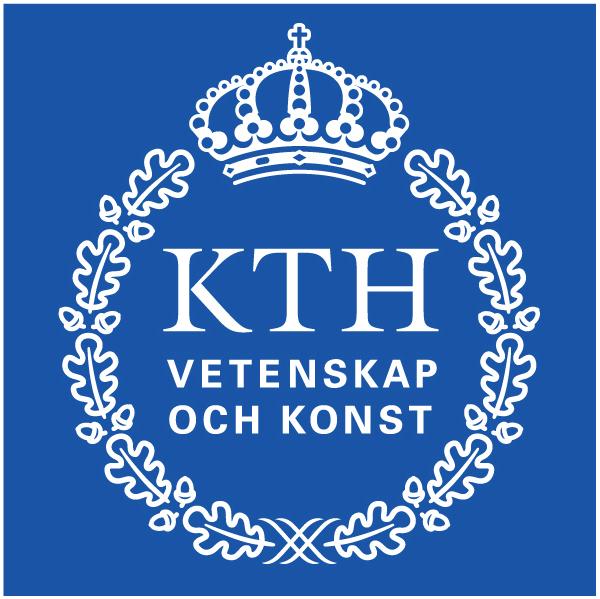As James Newman once said, algebra is "a branch of mathematics in which one does something to something and then compares the results with the result of doing the same thing to something else, or something else to the same thing."
Abstract algebra is the area of mathematics that investigates algebraic structures. By defining certain operations on sets, one can construct more sophisticated objects: groups, rings, and fields. These operations unify and distinguish objects at the same time: adding matrices is similar to adding integers, while matrix multiplication is quite different from multiplication modulo n. Because structures like groups or rings are richer than sets, we cannot compare them using only their elements; we have to relate their operations as well. For this reason group and ring homomorphisms are defined. These are functions between groups or rings that "respect" their operations. This type of function is used not only to relate these objects, but also to build new ones, quotients for example.
Although at this point it may seem like the study of these new and strange objects is little more than an exercise in a mathematical fantasy world, the basic results and ideas of abstract algebra have permeated and are at the foundation of nearly every branch of mathematics.

